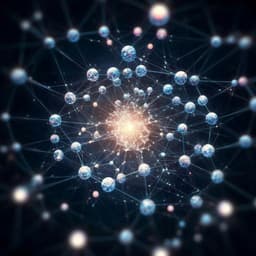
Physics
Quantum Femtosecond Raman Spectroscopy with Entangled Photons
Zhang
This paper by Zhang, et al. reveals a groundbreaking technique called Quantum Femtosecond Raman Spectroscopy (QFRS), harnessing entangled photons for enhanced monitoring of electronic and vibrational coherences. Their innovative approach offers superior time-frequency resolution, distinguishing it from traditional methods.
Playback language: English
Related Publications
Explore these studies to deepen your understanding of the subject.







